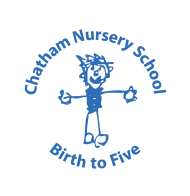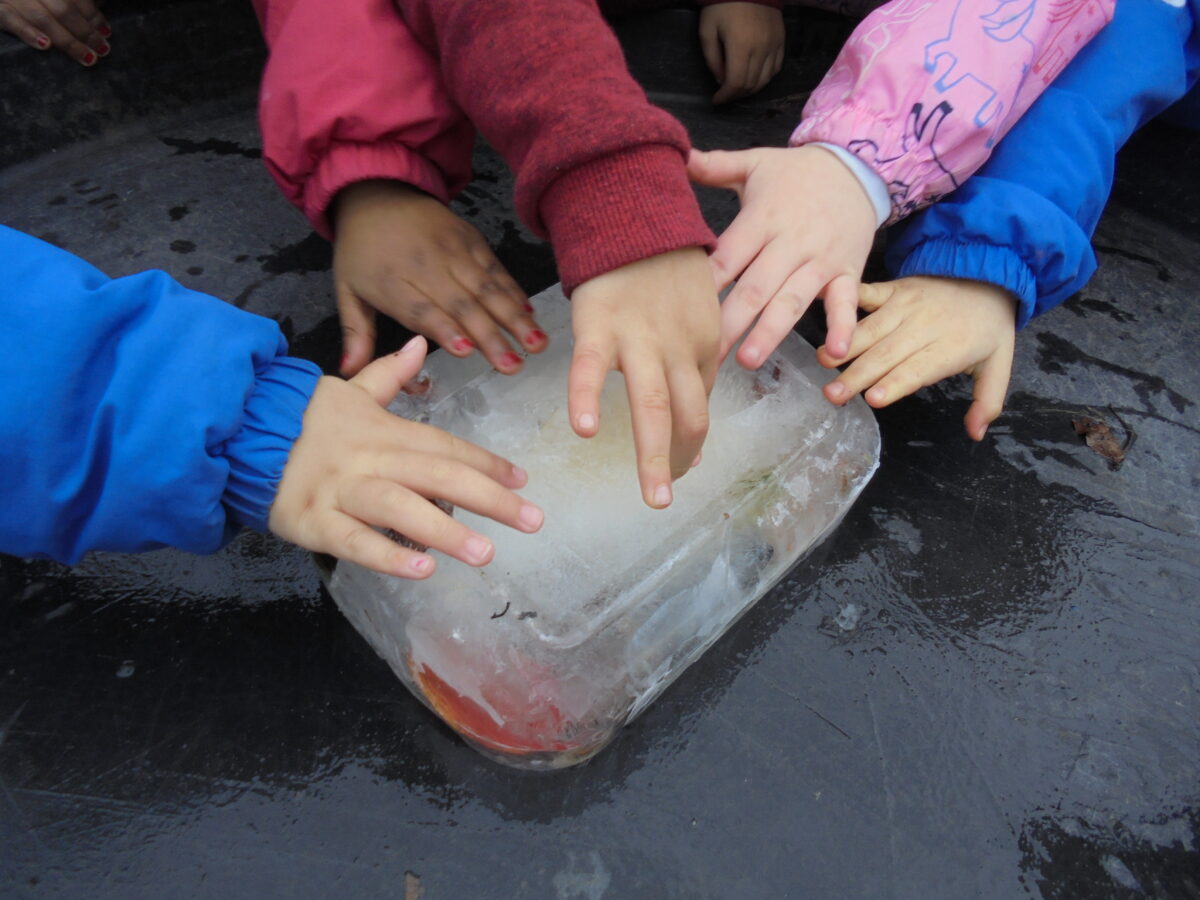Learning in the Early Years at Chatham Nursery School
At Chatham, we believe that young children are powerful, capable learners from birth. Our approach to early education is rooted in the understanding that learning is most meaningful when it is play-based, child-led, and supported by skilled, responsive adults.
The Seven Areas of Learning
Our curriculum is built around the seven areas of learning, which are all interconnected and equally important. These are divided into:
Prime Areas – the foundation for all learning:
- Communication and Language: developing listening, understanding, and speaking skills.
- Personal, Social and Emotional Development: supporting self-regulation, independence, and positive relationships.
- Physical Development: building both gross and fine motor skills.
Specific Areas – which build on the prime areas:
- Literacy: nurturing a child’s love for reading and writing by building foundational skills in language, listening, and an understanding of print
- Mathematics: we have a maths mastery approach building a deep, conceptual understanding of numbers through concrete, pictorial, and abstract (CPA) representations, emphasising depth over breadth and using play-based, daily routines to develop number sense, mathematical vocabulary, and flexible thinking
- Understanding the World: exploring past and present, people and communities, and the natural world.
- Expressive Arts and Design: encouraging creativity, imagination, and expression through various media.
The Characteristics of Effective Learning
We nurture children’s natural curiosity and drive to learn through three key characteristics:
- Playing and Exploring – encouraging children to investigate, experiment, and ‘have a go’.
- Active Learning – helping children to stay focused, persevere through challenges, and take pride in their achievements.
- Creating and Thinking Critically – supporting children to develop their own ideas, make connections, and find ways to solve problems.
The Role of Adults
Adults at Chatham play a vital role in shaping high-quality learning experiences. They:
- Observe and listen carefully to understand each child’s interests, needs, and developmental stage.
- Plan and provide rich, engaging environments that spark curiosity and exploration.
- Model language, thinking, and problem-solving strategies.
- Engage in sustained shared thinking, extending children’s ideas and deepening their understanding.
- Offer emotional security and consistent routines, helping children feel safe, confident, and ready to learn.
- We plan and deliver targeted early interventions for both individuals and small groups to help close gaps in learning and ensure every child has the opportunity to thrive.
Above all, we aim to create a warm, joyful, inclusive and stimulating environment where every child can flourish—becoming a happy, confident, resilient and independent learner, ready for the next stage of their journey.

